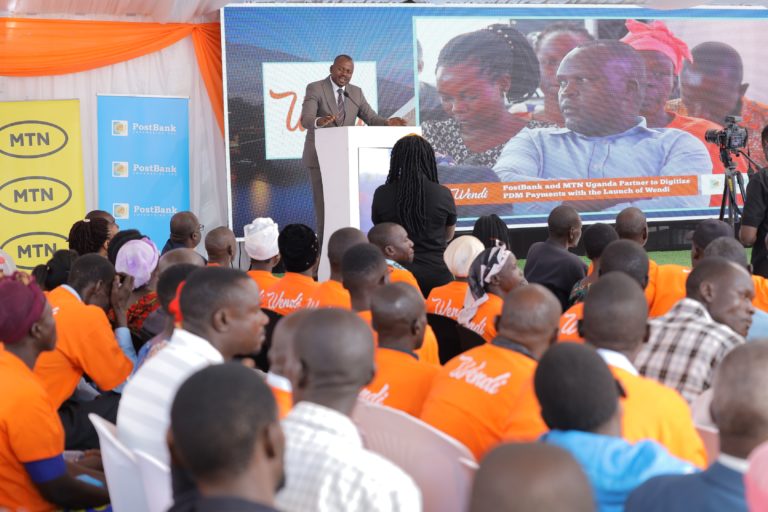Telecommunications companies, also known as telcos, are unique in their business operations. They own and maintain physical infrastructures like antennas, routers, servers, and more, but when it comes to software components of their service, they often outsource. Service provisioning is one such software element that is commonly outsourced, enabling these companies to manage their services more efficiently and effectively.
Service provisioning solutions are platforms that automate and manage the process of providing services to customers. They are crucial for telcos to manage their vast and complex networks, and to ensure their customers receive the services they need when they need them. There are numerous platforms available, each with their own unique features and capabilities.
For instance, consider the Unified Management Platform (UMP) from AVSystem, a European company. This platform offers technology-agnostic management while providing technology-specific insight. It’s designed to alert you immediately if any eNodeB (a type of mobile telephony base station) is down in a fixed-wireless LTE network, or provide periodic reports on customers’ KPIs for signal characteristics. The UMP supports a wide range of device classes and management protocols, and is deployable in multiple environments, including on bare metal hardware, virtual machines, private cloud infrastructure, and more.
Another example is Comarch’s Service Fulfillment & Orchestration platform. This system is designed to automate the telecom service fulfillment process for customer service delivery on top of a hybrid network. It uses a model-driven (catalog-driven) concept, which allows for the order orchestration of hybrid networks where virtual network functions and network services are modeled consistently with physical network functions and legacy network services. This platform also provides a variety of benefits, such as the rapid adoption of virtualized network functions into usable components for customer service creation, improved time to market for convergent offers, increased business efficiency, and cost reduction.
The above examples are just a few of the many platforms available, each with their own unique set of features and capabilities. In the following sections, we’ll dive deeper into the key features of these telecom service provisioning solutions and provide real-world examples to illustrate their benefits.
Service Activation
Service activation is the first step in the provisioning process and is typically triggered by a customer choosing to subscribe to a certain service. In this stage, the resources needed to provide the selected service are allocated and configured to enable the service.
For instance, consider a scenario where a customer purchases a new cell phone and chooses to subscribe to a postpaid plan. The service activation process would begin with the telecom operator assigning a unique phone number to the new subscriber. This number would then be tied to a SIM card, which will be activated on the network. This SIM card allows the device to connect to the network and access services such as voice calls, text messaging, and data.
Furthermore, depending on the plan chosen by the customer, different features will be activated. If the customer has chosen a plan with unlimited data, the network will be configured to allow unrestricted data access. Similarly, if the plan includes free international calling to certain countries, the network will be configured to allow such calls.
Service Configuration
Service configuration involves adjusting the settings of a service to match the customer’s chosen plan or preferences. It’s a continuous process that ensures the service delivered to the customer aligns with their expectations and the service parameters defined in their plan.
Take, for instance, a business that signs up for a broadband internet service. The telecom provider will first activate the service, providing the necessary equipment and access to the network. The service configuration step will then involve setting up the correct speed, bandwidth, and other parameters based on the plan selected by the business. This might involve configuring the network equipment to prioritize certain types of traffic, setting up a virtual private network (VPN) for secure access, or adding additional IP addresses.
Additionally, the service configuration step may also involve setting up additional features or services. For example, if the business has also signed up for a VoIP (Voice over IP) service, the telecom provider will need to configure the network to support this, including setting up phone numbers, voicemail boxes, and call routing rules.
Service Modification
Service modification comes into play when a customer wants to make changes to their existing services. This could be due to a variety of reasons such as changing needs, upgraded plans, or added features. Telecom service provisioning systems automate this process, ensuring quick and error-free modifications.
Consider a scenario where a customer who initially signed up for a basic cable TV package decides to upgrade to a premium package to get access to more channels and features. In this case, the service modification process would involve updating the network settings to unlock the additional channels and features included in the premium package. The customer’s set-top box may also need to be reconfigured or updated to support these new features.
Another example could be an internet service subscriber who decides to upgrade their service for higher speed. The service modification would involve reconfiguring the network to increase the bandwidth allocated to this customer, ensuring they get the faster speed they’re paying for. In some cases, this could also involve physical changes, such as installing new equipment or upgrading existing hardware.
Service Deactivation
Service deactivation is the final stage in the lifecycle of a service. This is triggered when a customer decides to end their subscription to a service. During service deactivation, the allocated resources are released and the services are discontinued.
For example, if a customer decides to switch their mobile service provider, the existing provider would need to go through the service deactivation process. This would involve disconnecting the customer’s phone number from the network, deactivating their SIM card, and possibly also deleting their account information from the network databases.
Service deactivation is also crucial for managing resources efficiently. For instance, if a customer moves out of a house and discontinues their internet service, the service provider would deactivate the service, freeing up the network resources that were allocated to that customer. These resources can then be used to provide service to other customers.
In a broader context, service deactivation also includes the handling of any equipment that was provided to the customer. Depending on the service provider’s policies, this might involve retrieving equipment (like a router or set-top box) from the customer, or remotely resetting equipment if it’s going to be reused.
It’s also important to note that the deactivation process needs to be handled carefully to ensure customer satisfaction. For instance, if a customer is switching to a new service provider, their old provider needs to cooperate in releasing their phone number so it can be ported to the new provider. Any delays or issues in this process can lead to a negative customer experience.
In summary, telecom service provisioning solutions play a critical role in managing the lifecycle of services in a telecommunications network. They enable efficient automation of processes like service activation, configuration, modification, and deactivation, which not only improves operational efficiency, but also enhances customer experience. Without them your phone or any phone in the network simply wouldn’t be able to work correctly.













